
In case you hadn’t noticed, we’ve got a Galaxy Nexus in the house. We’ve been busting our collective humps to get you as much information as possible about the new hardware and Ice Cream Sandwich, and our latest effort is n that all-important and relative statistic, CPU and GPU benchmarks. If you want to get to the goods right away, you can hit the gallery at the bottom of this post.
So, how does the Galaxy Nexus fare? Well, there’s good news and bad news. The good news is that it’ll beat many of the current phones on the market… the bad news is, it won’t beat them all. The Galaxy Nexus scored between 1800 and 2140 on the Quadrant benchmark, which is respectable, but nowhere near what some other phones are getting these days. For example, the T-Mobile version of the Galaxy S II scored a scorching 3915 when we reviewed it, and the Skyrocket on AT&T got almost 2500, both of them using dual-core processors. The quad-core Tegra 3 is putting up mind-blowing numbers on the Asus Transformer Prime.
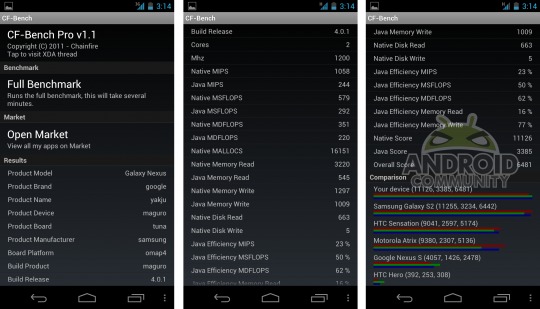
So why is the Galaxy Nexus looking pokey in Quadrant and other benchmarks? The obvious answer is that Ice Cream Sandwich is using a lot more hardware power than the Gingerbread phones that came before it. ICS has more in common with the tablet-centric Honeycomb than previous versions, and the visual goodies and enhanced features are likely squeezing top-end hardware for all they’re worth. What does this mean for users? Well, from everything we’ve seen, the ICS interface and most apps do just fine. But a deceptive as hardware benchmarks can be, it’s hard not to think that the Galaxy Nexus will be noticeably slower running high-performance games and Flash video, at least until the first round of updates.
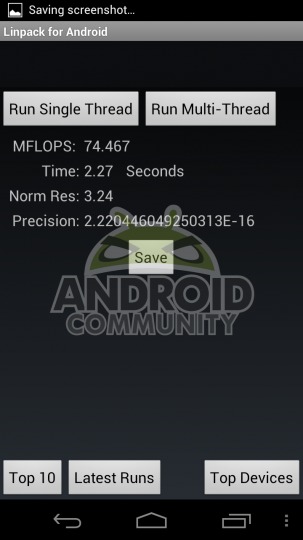
We’ll be sure to put all the relevant software through its paces for our final review. In the meantime you can check out the other benchmark results in the gallery.
[device id=1740]


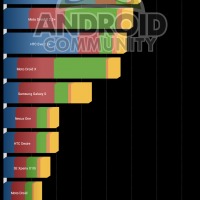
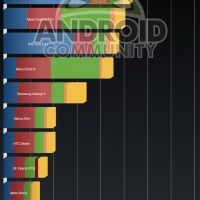
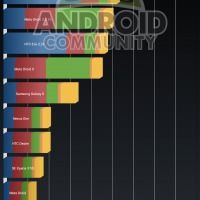
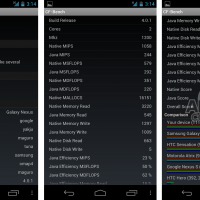
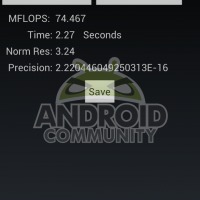
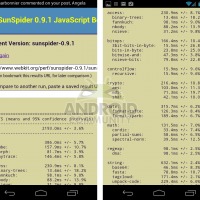








Sooo… it puts three dots to the left of the Multitasking icon when using legacy apps not optimized for ICS eh?
That’s the new menu button.
Don’t forget the Galaxy Nexus has 2.4 times more pixels than the Galaxy S II! 🙂
so what! This goes against everything we have been hearing about ICS and the nexus being an optomized experience. The average user isn’t going to think about pixels – they are going to look at speed, and if an older phone is playing flash content and scrolling webpages faster it just makes the nexus and ICS look laggy and slow. The pixel argument doesnt work when showing an ipad2 vs a honeycomb tablet with higher resolution, and it wont work here either. SMOOTH and SPEED is king, even if it is an illusion and not as highres.
Ugh. He’s trying to say that the Nexus has to render more pixels than the S2, and that’s why its benchmark performance is worse… /rolleyes
Anyway I don’t think the current benchmark tests are a good indicator of real world performance of ICS devices. Quadrant in particular hasn’t been optimized to properly test them. Don’t forget that most reviews so far say the Nexus is as fast and smooth – if not faster and smoother – than the S2.
Lay down the crack bro.
uhhh it raped the gs2 on antutu benchmark. Quadrant isnt the best benchmark for phones anymore
google always in beta… i dont think google will get it right for another 2 years at least. damm they cant even make headphones that work with android
I’m sorry but what are you even talking about?
Lay down the crack man.
WTF, I JUST SCORED A 2048 IN QUADRANT WITH MY HEAVILY DE-BLOATED DROID 3 RUNNING 2.3.4
Not surprised. After all, the maker has another product line to promote.
can’t wait to see ics benched on a real processor 😉
I love it when inbred morons express their opinions, the processor is the same as any other on the market now, the problem is ICS and the drivers.
only saying i’d love to see the “mind blowing numbers” the tegra 3 is mentioned above as having or an s4 quad when released. regardless of ics optimization, excited to see hardware outpace software and take care of the extra beef needed for a next gen android version. don’t be so angry at the world man, and don’t ever be a teacher please.
I got 2193 on my stock Rezound with Quadrant..
Would like to see a comparison with the Samsung Galaxy Note.
i think thats because none of the bemchmarks has been made for ICS
I got 2563 on my htc sensation root to 1.3 ghz
Meh. We need to stop setting the agenda on benchmarks and get to real world performance. User experience is what matters the most.
this e-penis quadrant bs means absolutely dick in real world. From every video of the nexus we have laid our eyes upon it is evident that this is the smoothest android device to date, so let it score a 400 who gives a f.
It’s not even close to being the smoothest Android phone…. I had a Galaxy Nexus for a few hours and returned it. Extremely laggy phone. It is only smooth in videos out of the box. Just put on a bunch of apps and a fancy live wallpaper and the thing lags like crazy. Even the built in “Microbes” live wallpaper (comes with ICS so you can’t use the its not optimized excuse), and game over. Laggy and low fps on screen scrolling. It is an over hyped over reviewed all plastic phone that was a huge disappointment.
this e-penis quadrant bs means absolutely dick in real world. From every video of the nexus we have laid our eyes upon it is evident that this is the smoothest android device to date, so let it score a 400 who gives a f.
Oh yeah! I scored a 3503 on Quadrant with my trusty Samsung Galaxy S2 (TMobile Version).
And I compared it to my friend who got the Galaxy Nexus, and it was still a bit laggy to me…
Epic 4g Touch(Sprint GS2)
Quadrant Score: 3216 at 1.2ghz(stock) 4220 at 1.6ghz
swag
Ouch! And what is the price????
I will have to check out the one they mention as best the Asus. I’m glad I saw this.
2330 with my stock HTC Sensation .XD
I scored 1950 on my stock DROID 2 I don’t those test are accurate
Think*
Probably the resolution of the screen. If it had a 480×800 or even 960×540 it would score higher.
Best phone yet…had 4s & razr…4.0 is smooooth! Idc about benchmark tests…i’m about hands on!
I had it for a few hours and returned it. It’s only smooth until you put on some more complex live wallpaper, then it becomes extremely laggy. Also there is a huge keyboard bug in landscape. If you keep typing a long paragraph, the phone will lag so bad it’s literally unusable. Terrible phone.
came from 32gb iPhone 4s, Galaxy Nexus is CRUSHING it. Benchmarks Schmenchmarks
Point is invalid; the benchmarks are not optimized for ICS.
E4gt 5190 1.6 ghz
Well, not to sure what drugs Quadrant was on when they did this benchmark but whoever is believing the scores listed on this page are being sadly misled. Just ran though the Benchmark on mine and came out with a Score of 3417.
Here are the numbers if anybody is curious. (Quadrant Standard Edition, Version 2 Rev. e7a0f03)
Total: 3417
CPU: 6134
Mem: 1470
I/O: 6163
2D: 971
3D: 2349
This is a stock Nexus running Android 4.0.4, Australian GSM + HSPDA.
And trust me, i work for Telstra (Largest Australian Telecom) as a Technical and Sales consultant, not only is the Nexus FARRR smoother than the GS2, but in every usability test ive put it though, it comes out on top – especially in web browsing. The only phone i see outing the Nexus in the near future is the GS3 if what they promise regarding it is true.